The British know a lot about the cause, risk and unfortunately the resulting damage caused by flooding. Inevitable on an Island facing the Atlantic, Britain is subject to significant rainfall which has shaped and continues to shape our island, contributing to the quintessential image of the landscape itself.
We have many rivers, streams, lakes and marshes and a geology and geography inherently linked to hydrology processes.
Any and every development which seals the soil surface with an impermeable barrier has an effect on the flow of water both on the surface and below ground. The more impermeable surfacing there is the quicker the flow of water and flooding is inevitable in pockets of our housing estates, high streets and roads. The damage is costly both emotionally and financially.
The UK has enjoyed a reputation as being a leader in terms of dealing with the problem with regards surface water run off mainly due to the relative lack of development in comparison with other countries despite the rising population. And SuDS (Sustainable Urban Drainage Systems), is a UK term adopted worldwide, a method of ensuring full consideration is given in recognising potential problems to drainage issues with regards development.
SuDS more than most elements of sustainable development in the UK, enjoyed a progressive route into legislation. Whilst slow to adopt, this allowed the industries involved to gear up and prepare for the inevitable. Britain’s enviable reputation in regards ‘soil sealing’1 was maintained and improved by a system that allowed SuDS to be adopted into mainstream development.
In 2001 SUDS entered the planning system within the ‘PPG 25 Development and flood risk’2.
The Interim Code of Practice for Sustainable Drainage Systems (SuDS) was developed in 2004 ‘3.
On the 1st October 2008, it became law that any front garden with impermeable surfacing exceeding 5m2 required planning permission 4. Despite confusion and ignorance within UK gardening media, the industry itself was keen to provide the necessary solutions if for nothing more than to protect itself further from the rogue ‘surfacing’ traders that infest the landscaping industry.
Schedule 3 of the ‘Flood and Water Management Act 2010’ finally ensured that development had to include SuDS into dealing with drainage systems 5.
This was heavily pre – empted by the construction and particularly the landscaping industry. A huge and impressive range of products were made available. A large number of businesses had already designed and implemented effective SuDS systems. This legislation was just the final nail in the coffin of poor quality, unsustainable infrastructure in the landscaping industry.
However – article 5, paragraph (4) states ‘The Minister must consult before publishing standards.’
We are in that consultation period now. http://www.defra.gov.uk/consult/2011/12/20/sustainable-drainage-systems-1112/ It is due to finish on the 13th March 2012.
In the online questionnaire 6 Defra ask:
‘We propose implementing on the common commencement date of 1 October 2012; do you agree this is reasonable? If not would you prefer an implementation date of April 2013, October 2013 or after 2013?’
‘We propose that SAB approval will not be required for the first 12 months for:
• Developments that already granted planning permission before commencement; or
• Developments with one or more reserve matters where an application for approval of the reserve matter(s) is made; or
• A valid planning application that was submitted before commencement’
This begs the question just who isn’t prepared or hasn’t bothered to incorporate SuDS into their development plans and thus requires even further delay of vital legislation in mitigating against flooding? Given the time allowed to prepare for this, can further delay or even approval of schemes which do not comply be justified? Absolutely not.
Trees and soil are a vital component in mitigating surface water run off in our towns and cities.
SuDS will help ensure that trees, as in the benefits of a riparian buffer zone or upland forestry in the rural landscape, would also have a place in the urban environment in alleviating flooding risk 7. Landscape architects and contractors were already well prepared to take fringe designs to the centre stage and the use of trees and soft landscaping to further sustainable development. But now face even further delay.
This is yet another example of a pandering to suit lazy elements within industry, rather than back up the hard work and progressive thinking from the rest of the industry who have worked so hard at enabling an easy transitional period already.
1 http://ec.europa.eu/environment/soil/pdf/sealing/Soil%20sealing%20-%20Final%20Report.pdf
2 http://www.ciria.org.uk/suds/pdf/suds_bulletin_%201.pdf
3 http://www.ciria.com/suds/interim_code.htm
4 http://www.communities.gov.uk/documents/planningandbuilding/pdf/pavingfrontgardens.pdf
5 http://www.legislation.gov.uk/ukpga/2010/29/pdfs/ukpga_20100029_en.pdf
6 http://www.surveymonkey.com/s/SuDS













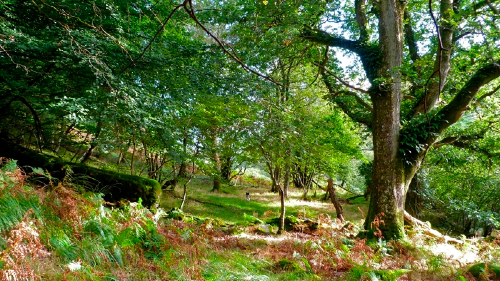
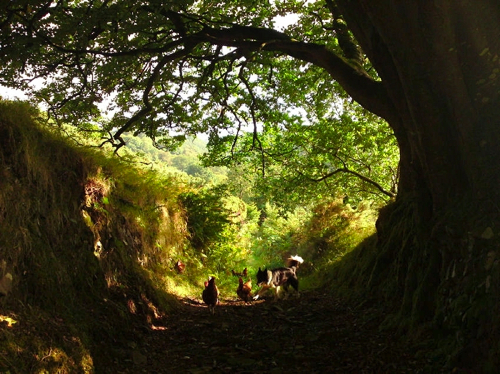



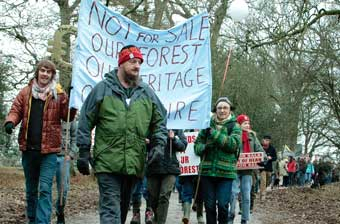

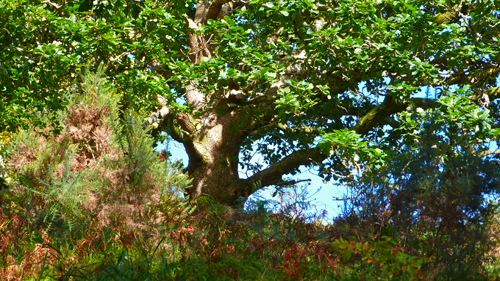


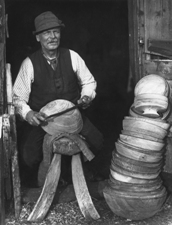



Thanks for a useful article. You say that SuDS is a UK term adopted worldwide but I don’t believe that to be the case, with LID (Low Impact Development) used in the US (and US dominated markets) and WSUD (Water Sensitive Urban Design) in Australia, Singapore. These practices are more advanced than the UK SuDS approach.